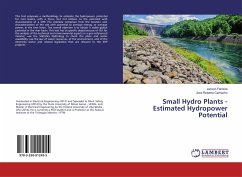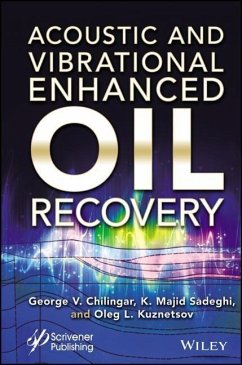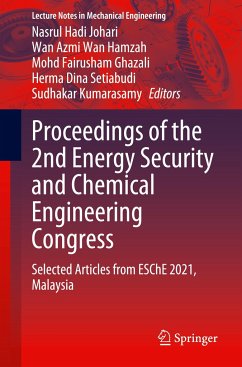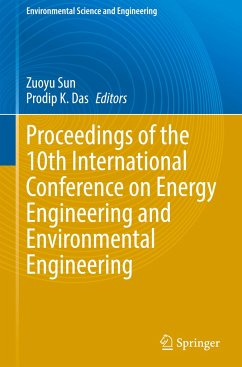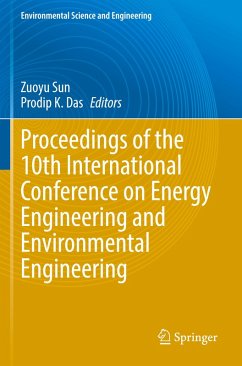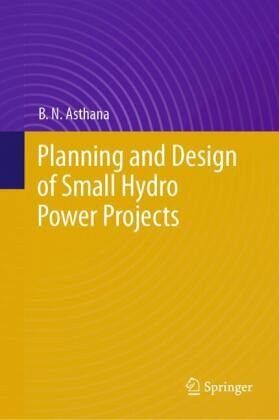
Planning and Design of Small Hydro Power Projects
Versandkostenfrei!
Versandfertig in 6-10 Tagen
129,99 €
inkl. MwSt.

PAYBACK Punkte
65 °P sammeln!
The book explains the basic concepts of planning and design of small hydro power projects in a comprehensive manner. Construction of such projects received priority in India during the 1980s after the environmental impact and rehabilitation problems of major power projects was examined. The activity of constructing small hydro projects gradually shifted to the private sector. Though basic design and planning concepts of the two types of projects, i.e. small hydro and major hydro are the same, it was realized that the detailing of the projects is quite different. Hence, a technology for plannin...
The book explains the basic concepts of planning and design of small hydro power projects in a comprehensive manner. Construction of such projects received priority in India during the 1980s after the environmental impact and rehabilitation problems of major power projects was examined. The activity of constructing small hydro projects gradually shifted to the private sector. Though basic design and planning concepts of the two types of projects, i.e. small hydro and major hydro are the same, it was realized that the detailing of the projects is quite different. Hence, a technology for planning and design of small hydro projects was gradually developed.
The author, during his long experience in teaching and consultancy of field problems, realized the problems being faced by the students and field engineers engaged in planning and design of small hydro projects and developed this book. The book is divided into two parts. First part deals with the subjects of planning including the layout of the project and the associated structural components. The second part deals with the design aspects of the structures of the project including the gates and valves. This is a unique and concise book covering all the theoretical and practical aspects of a small hydro project. The book is useful for both students and field engineers.
The author, during his long experience in teaching and consultancy of field problems, realized the problems being faced by the students and field engineers engaged in planning and design of small hydro projects and developed this book. The book is divided into two parts. First part deals with the subjects of planning including the layout of the project and the associated structural components. The second part deals with the design aspects of the structures of the project including the gates and valves. This is a unique and concise book covering all the theoretical and practical aspects of a small hydro project. The book is useful for both students and field engineers.



